Labels can tell you a lot about a product. They can tell you the brand, where it was produced, the expiration date, nutritional information, claims about how it was produced and the list goes on and on.
Sometimes these claims on labels can be hard to decode. A quick Google search may help clear things up, but the internet is such a vast source of information that your searches may jest get muddled with false statements and biased sources. So we went searching for you!
We went straight to the source of food labeling regulation. The United States Department of Agriculture (USDA), Agricultural Marketing Service (AMS) and the Food and Drug Administration (FDA) all play roles in the legal regulation of label claims. Each product must meet the minimum requirements to bear the claim on its label.
Do you know what you are eating?
“Non-GM011 or GMO-Free” – Used by the food industry to advertise th.at a food is free from genetically modified organisms. This is a VOLUNTARY label.
“Local” – Produced and processed with.in a particular area (e.g. within an undefined # of miles, commonly considered to be less than 400 miles from its origin, or within the State in which it is produced)
“Natural” – The term, “natural”, means that a product has nothing artificial or synthetic added to it.
“Fresh” – Food is unprocessed and h.as not been frozen or subjected to any form of thermal processing or any other form of preservation. NOTE: This definition still allows for wax coatings, post harvest use of approved pesticides, application of mild chlorine wash, and treatment with ionizing radiation.
*Terms in RED do NOT have a formal definition right now…Stay tuned!
Organic Terms
“Made with Organic ______” – Used when a product contains at least 70% organic ingredients (excluding salt and water)
“Organic” – Any product that contains a minimum of 95% organic ingredients (excluding salt and water)
“100% Organic” – Any product that contains 100% organic ingredients (excluding salt and water)
“USDA Certified Organic”
– Grown and processed using strict guidelines
– NO genetically modified organisms
– Produce: no synthetic fertilizers/pesticides
– Meat: animals raised in living conditions that reflect their natural behavior, fed
100% organic feed and forage, and not given antibiotics or hormones
– Packaged foods: no artificial preservatives, colors, or flavors; ingredients are
organic with a few exceptions (ex: baking soda, pectin, etc.)
Grain Terms
“Whole Grains” – Whole grains contain the bran, germ, and endosperm (examples of whole grains: brown rice, oatmeal, corn).
Egg and Chicken Terms
“100% or All-Natural” – This means nothing was added to the egg (coloring, flavoring) and it does NOT indicate how the chicken was raised.
“USDA Organic” – Certified organic eggs are from uncaged hens that have free range of their houses and access to outdoor spaces. They are also fed an organic diet.
“Vitamin Enhanced” – Hens are given a special diet that helps them produce eggs with a higher vitamin content (e.g. Vitamin E).
“Omega-3 Enriched” – Hens are fed a diet that includes flaxseed, algae or fish oils to increase the Omega-3 fatty acid content of the eggs.
“No Antibiotics” – Hens are raised without any antibiotics of any type.
“No added Hormones” – NO eggs have added hormones (regardless of what the package says) because the use of hormones is NOT allowed in hog or poultry production. If you see “No added hormones” on a package, it must be followed by the statement: “Federal regulations prohibit the use of hormones”.
“Free-range” – Hens are cage free with continuous access to the outdoors during their laying cycle.
“Cage-free” – Hens are raised in an enclosed structure with unlimited access to food and water. They are NOT required to have access to the outdoors.
Milk and Beef Terms
“No rBST (or rBGH)” – rBST and rBGH are growth hormones that are given to cows to increase milk production.
“Ultrapasteurized (UHT)” Milk – Milk has been heated to at least 280 degrees F for 2 seconds. This increases shelf life, but may cause a “cooked” flavor.
“USDA Organic” – Cows have year round access to outdoors / pasture. No hormones are used. Cows are fed an organic diet (grains, forage).
“Grass-fed Beef” -100% Grass Fed means an animal is fed forage 100% (no grain crops) after being weaned from their mother’s milk.
Additional Resources
- Understanding Food Labels (pdf)
- Do you know what you are eating? (pdf – presentation)

